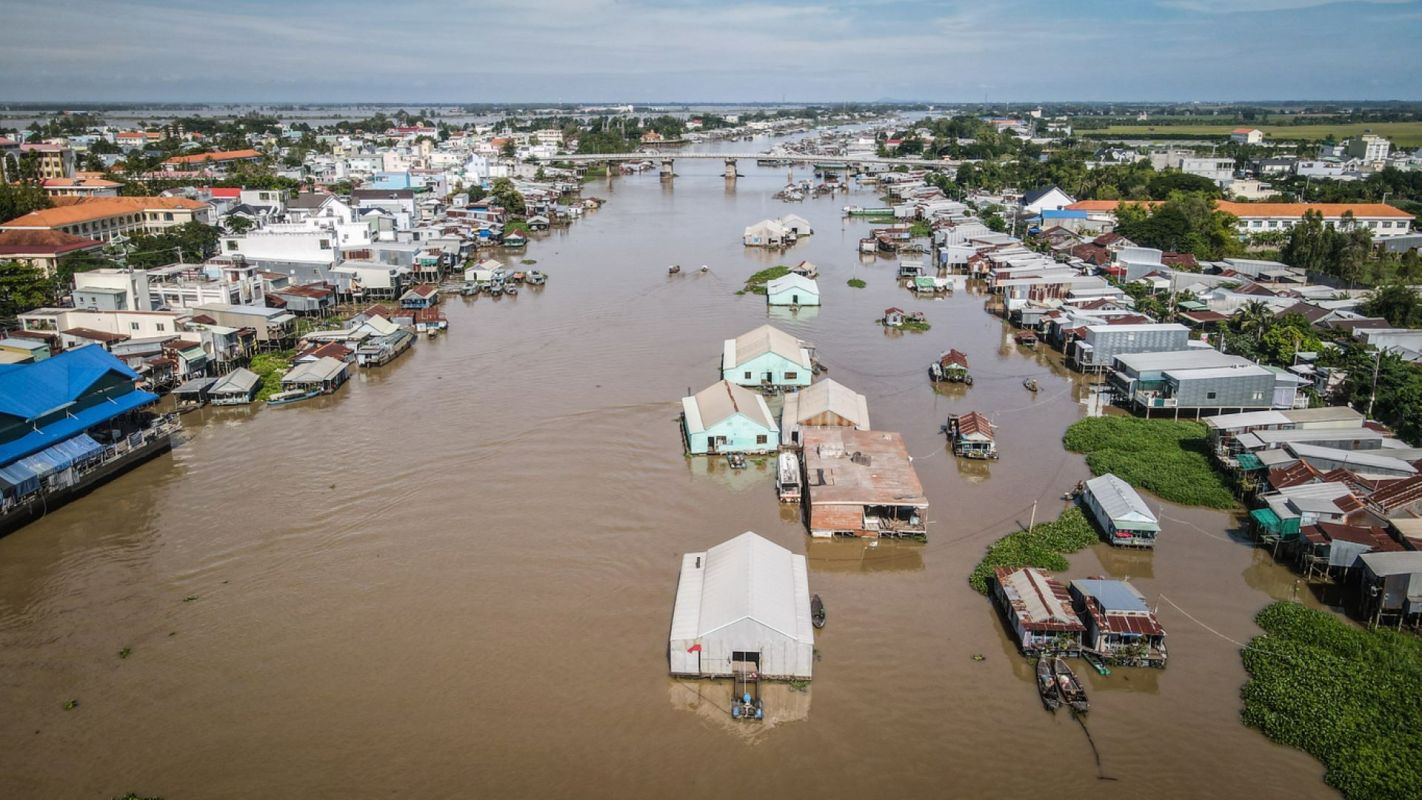Communities in Vietnam have been severely impacted by saltwater flooding caused by a combination of rising sea levels and other human-made actions that damage the environment.
What happened?
VNExpress reported that salt intrusion at several rivers and streams in the Mekong Delta provinces of Ben Tre and Tien Giang has led to a spike in salinity levels that is "affecting the lives of over 100,000 families."
It was noted that consumable water usually has a salinity level of 0.5/1,000, and any water with higher levels than that should not be consumed. When salinity levels reach around 3/1,000, it becomes dangerous for laundry use and showering because it can ruin washing machines or water heaters.
The affected communities in Vietnam saw their salinity levels rise to 2.2-5/1,000. In Tien Giang, 51,000 families have been impacted by salinity levels of 2.2-3.2/1,000 along the Tien River section in My Tho City, which the region's Steering Committee for Natural Disaster Prevention, Search and Rescue said is higher than the same period in 2023. Things are even worse in Ben Tre City, as Dang Hoang Lam, director of the Ben Tre Province Hydro-Meteorological Station, told VNExpress that salinity levels in the nearby rivers have reached 5/1,000, affecting 50,000 families.
The My Hoa Station, located about 48 kilometers away from the mouth of the Mekong Delta, recorded salinity levels as high as 10/1,000.
Why is this important?
Saltwater flooding, often a result of rising sea levels and storm surges, can have a detrimental effect on drinking water supplies, agricultural land, and natural ecosystems. When saltwater enters freshwater systems, it can contaminate crucial water sources, making the water unsafe for drinking and damaging crops that are not tolerant to high salt levels.
While extreme weather events are obvious factors in rising sea levels, human-induced climate change is also a leading reason for the ongoing heating of our planet. Journalist and climate tech investor Molly Wood said in a blog post last year that rising global temperatures are "basically steroids for weather."
The communities in Vietnam aren't alone in facing saltwater contamination. The islands of Brazil's Bailique Archipelago, which sit at the crossroads of the Amazon River and the Atlantic Ocean, are also dealing with the continuous phenomenon of salty seawater invading freshwater.
In the U.S., a study published by researchers at the University of California, Berkeley, UCLA, and the nonprofit Climate Central revealed that rising sea levels threaten to flood hundreds of toxic sites near vulnerable coastal communities in California, which could spread toxins throughout the area and affect drinking water, thereby putting human and animal health at risk.
What can be done about this?
Coastal cities worldwide have already begun bracing themselves for rising sea levels. In the communities in Vietnam, there have been efforts to secure clean water.
Following the saltwater intrusion, the Ben Tre Water Supply and Sewerage Company "has pumped raw water from upstream for treatment and provision to families in Ben Tre," per VNExpress. Water provision units also formulated "plans to use barges to transport uncontaminated water from other places."
However, the water treatment plant in My Tho City is not currently in operation, so clean water has to be manually delivered from factories upstream. In a more drastic measure, the gates of Tien Giang's Nguyen Tan Thanh channel, the second-largest in the Mekong Delta, were closed a week earlier than planned to prevent saltwater from contaminating the freshwater sources.
Join our free newsletter for cool news and cool tips that make it easy to help yourself while helping the planet.









